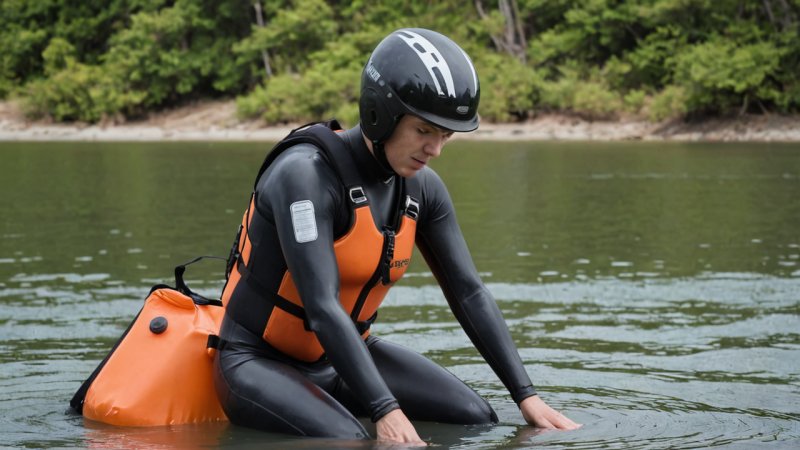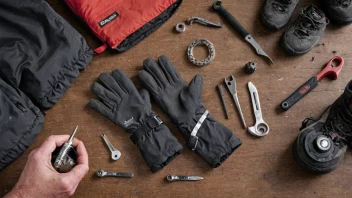Introduction
Participating in water sports can be an exhilarating and rewarding experience, but safety and performance hinge on the proper fit and adjustment of your gear. In this article, you will learn how to effectively fit and adjust various types of water sports gear, including life jackets, wetsuits, and helmets, ensuring that you not only stay safe but also enhance your overall performance.
Step 1: Choosing the Right Gear
Before you can fit and adjust your gear, it's essential to select the right equipment for your specific water sport. Here are some considerations:
- Type of Activity: Different sports require different gear. For example, a kayaking life jacket will differ from a wakeboarding vest.
- Size and Fit: Always refer to the manufacturer’s sizing chart. Your gear should fit snugly but not be too tight.
- Material: Choose materials that offer flexibility and durability for the type of water conditions you expect.
Step 2: Fitting Your Life Jacket
A life jacket is critical for safety in water sports. Here’s how to ensure it fits properly:
- Wear the Life Jacket: Put the life jacket on over your clothing if applicable.
- Adjust the Straps: Tighten the shoulder and side straps until the jacket feels snug. You should be able to raise your arms without the jacket lifting over your head.
- Check for Movement: Move around. The jacket should stay in place and not ride up. If it does, adjust the straps further.
- Perform a Float Test: In a safe environment, enter the water to see if the jacket keeps you afloat. Ensure it provides adequate buoyancy.
Step 3: Fitting Your Wetsuit
A wetsuit helps maintain body temperature in cold water. Proper fitting is crucial for comfort and effectiveness:
- Put on the Wetsuit: Step into the wetsuit, ensuring it covers your entire body. Pull it up to your shoulders.
- Adjust the Cuffs: Ensure that the cuffs at the wrists and ankles are snug but not restrictive. This prevents water from flushing in.
- Check for Tightness: The wetsuit should feel tight against your skin without causing discomfort. Check areas like the chest, back, and thighs.
- Perform a Flexibility Test: Bend and stretch your limbs. You should have a full range of motion without excessive resistance.
Step 4: Fitting Your Helmet
A helmet is essential for protecting your head during water sports like wakeboarding and jet skiing:
- Put on the Helmet: Place the helmet on your head, ensuring it sits level and does not tilt forward or backward.
- Adjust the Chin Strap: Fasten the chin strap and tighten it so that it fits snugly under your chin without causing discomfort.
- Check for Movement: Shake your head gently; the helmet should stay securely in place without shifting.
- Inspect the Padding: Ensure the interior padding is comfortable and fits well against your head. Replace padding if necessary.
Step 5: Final Adjustments and Safety Checks
After fitting your gear, perform these final adjustments and checks:
- Wear All Gear Together: Try wearing all your gear simultaneously to ensure comfort and fit across the board.
- Check for Comfort: Make any necessary adjustments to enhance comfort without compromising safety.
- Inspect Equipment Regularly: Before each outing, inspect your gear for any signs of wear or damage.
Conclusion
In summary, properly fitting and adjusting your water sports gear is crucial for both safety and performance. By following these steps—choosing the right gear, fitting your life jacket, wetsuit, and helmet, and making final adjustments—you can ensure that you are well-equipped for a safe and enjoyable experience on the water. Remember to regularly inspect your gear and make adjustments as needed to maintain optimal safety and performance.






